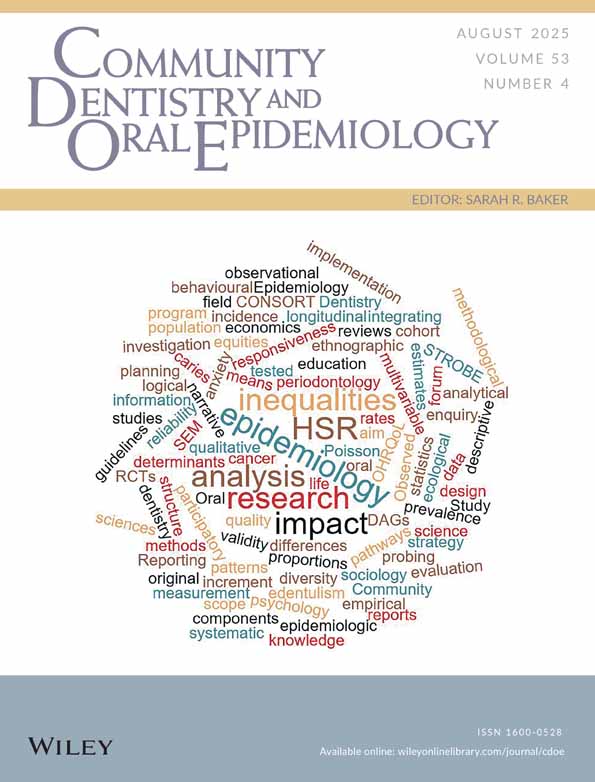The limitations of a ‘high-risk’ approach for the prevention of dental caries
Abstract
Abstract – The decline in the prevalence of caries has lead several authors to advocate the adoption of a ‘high-risk’ approach for caries preventive strategies. This paper analyses such an approach. It argues that the distribution of caries within a population follows certain laws: first, the mean caries score is a function of the prevalence; second, the variance is a function of the mean; and third, for a particular mean score, the distribution within the population is predetermined. Using data from the National Preventive Dentistry Demonstration Programme (NPDDP) in the US and the British Association for the Study of Community Dentistry (BASCD) epidemiological programmes in the UK the functions determining the distribution of caries within the population are examined. The findings indicate the changes in caries experience observed occurred throughout populations and are not confined to subgroups. Strategies limited to individuals ‘at risk’ would fail to deal with the majority of new lesions. The main emphasis should be centred on a population approach.




